Choosing the best glue for bonding aluminium; What you need to know
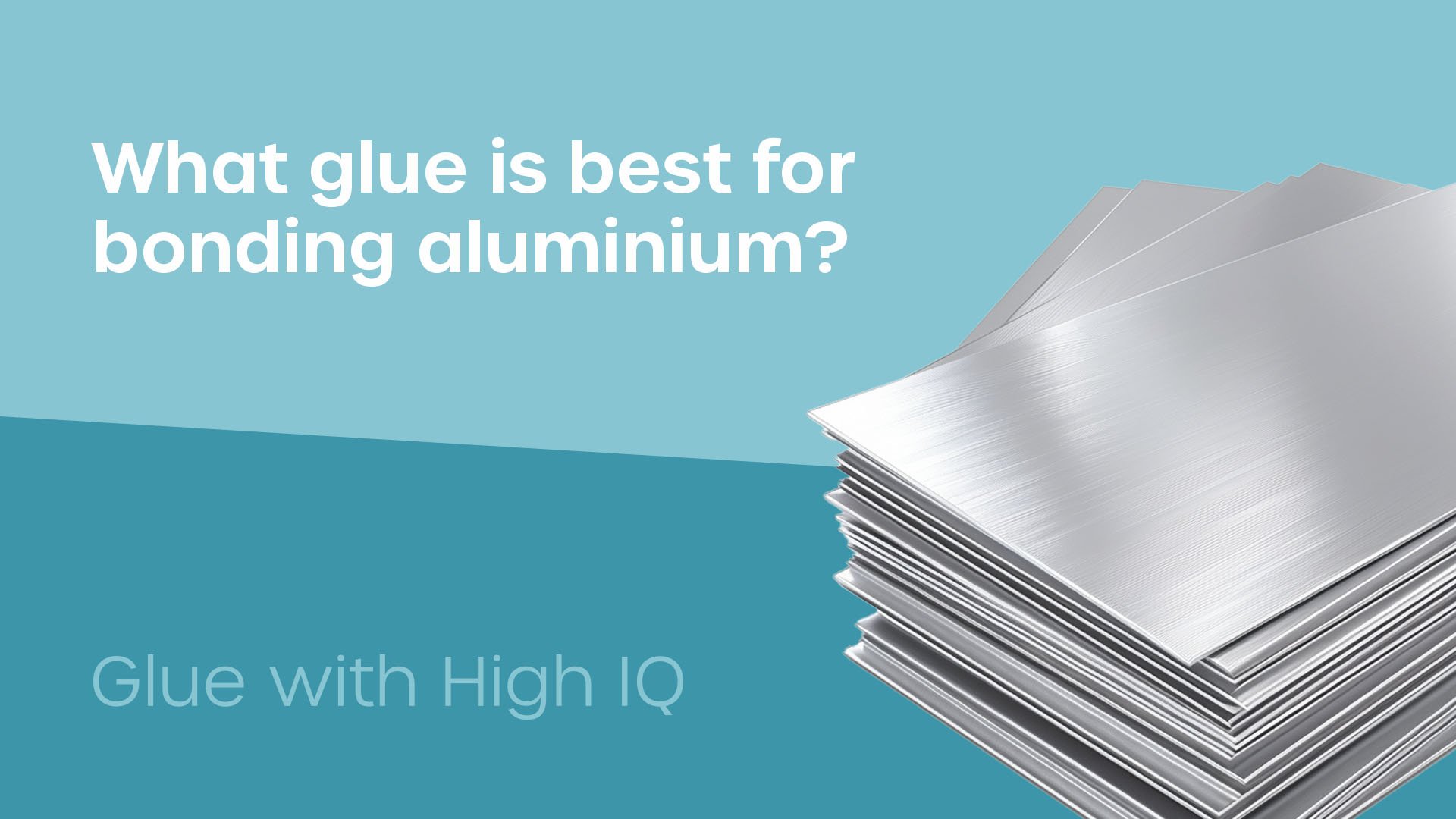
Whether you call it ‘Aluminum’ or ‘Aluminium’, this article will provide the answers to your questions about which glue is best for bonding aluminium (or aluminum).
Of all the aluminium joining methods, bonding aluminium with glue is perhaps the most complicated. The biggest benefit to using glue is the lack of damage it causes to the substrate in the short term or long term. There can sometimes be difficulty in choosing the correct glue. After all, how can you decide which glue is best for your situation?
You may be a large transportation manufacturer or construction company looking for the best glue for bonding aluminium and are unsure where to start.
If any of this sounds familiar, you’re in the right place.
As adhesive specialists here at Forgeway, we often guide those in the manufacturing and construction industry on this exact topic. We’ve helped hundreds of clients choose the best glue for their specific applications, and intend to help you do the same.
However, ‘best’ is very subjective. If you wanted our opinion, we would say that (overall) an MS polymer-based adhesive is the ‘best’ glue for bonding aluminium.
That having been said, there are so many factors that you need to consider. Strength, cure time, and extent of the required surface preparation are all factors that can play a big role in determining which option is ‘best’.
In this article, we will be going through the different glues that can bond aluminium. We will then go through the different factors (such as strength, cure time etc).
By the end of the article, you will become an educated buyer who will be able to choose the best adhesive solution to bond your aluminium.
Or if you want to find the perfect adhesive type in just 45 seconds quiz below.
How could the different types of aluminium affect the bond?
Aluminium is a very popular metal. Its lightweight and high strength means it is often the preferred option for structural situations. However, it is most well-known for its anti-corrosive properties.
These characteristics are the reason for its popularity in the manufacturing and construction industries. Bus panels, composite panels for caravans, and building structures are examples of where aluminium is used and can require bonding.

Aluminium has several different grades though and these different grades can sometimes respond to adhesives differently.
A typical example of this is anodised aluminium. The surface preparation it has already received to reduce the threat of corrosion will also affect its ability to bond effectively. Brushed aluminium is also more difficult to bond than untreated aluminium.
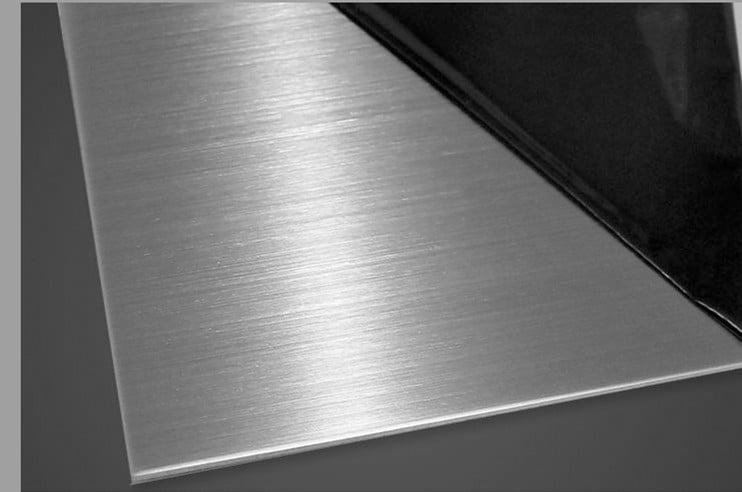
You could also be using plasma-treated or ‘high-purity’ aluminium. These surface treatments can ultimately affect the adhesive’s ability to bond to the metal.
At the end of the day, most grades of aluminium will not cause any problems when it comes to bonding. Some may be more problematic though and if you are concerned about the impact the grade will have on the adhesive, contact the adhesive supplier and they will be able to guide you.
Do you need to prepare the aluminium surface before bonding with glue?
Surface preparation isn’t a very specific phrase so allow me to clarify. In this section, we will be talking about extensively preparing the surface. Cleaning the surface (such as with a wipe) would qualify as surface preparation but it is an essential part of the bonding process and it could hardly qualify as extensive.
Therefore you must always clean the aluminium before bonding, this isn’t extensive surface preparation though.
When it comes to extensive surface preparation, we would always advise you to carry out a more extensive surface preparation before bonding. The answer to the original question is no, you don’t need to extensively prepare the surface although extensive surface preparation will result in a significantly stronger bond.
This is because aluminium is a very reactive metal. It will form a protective layer of ‘aluminium oxide’ which affects the strength of the bond.
It is typical for this oxide layer to be removed before the bonding process. This is what we would call ‘extensively preparing the surface’. ‘Abrading’ the surface with sandpaper is the most common method of removing this oxide layer. However, other abrading methods such as abrasive pads (like scotch-brite) are popular too.
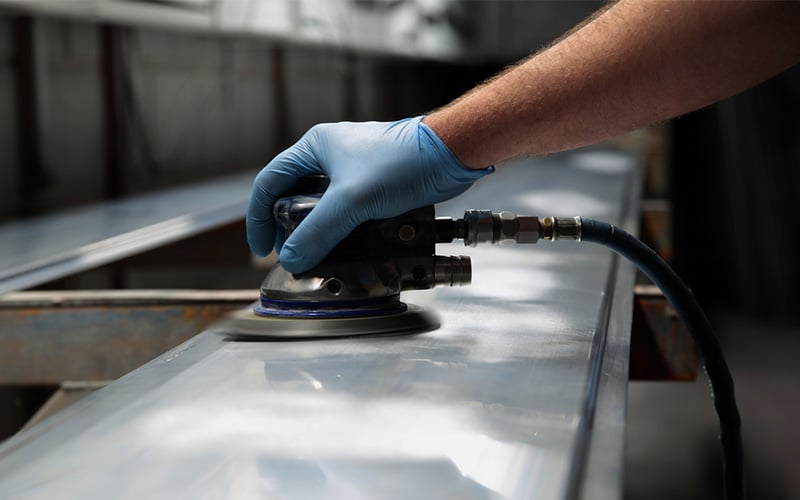
Abrading the surface in this fashion must take place immediately prior to the adhesive being applied.
All sorts of contaminants can appear on the aluminium’s surface. These contaminants can affect its adhesion. Using a solvent-based wipe will remove the majority of these contaminants and prepare the surface for bonding.
Some adhesives, such as MS-polymer based adhesives, are less sensitive to surface preparation. So long as the surface is clean and free from contaminants, MS-polymer based adhesives will form a good bond. The level of surface preparation will affect an adhesive’s performance.
Better surface preparation will result in a stronger bond.
The more extensive your surface preparation routine, the more adhesive options will be open to you.
What are the best glues for bonding aluminium?
Bearing in mind that we are not talking about small DIY projects in this article. We are talking about large industrial projects that require structural adhesives for bonding aluminium.
We will begin discussing which structural adhesives are best for bonding in this situation and analyse their benefits and drawbacks.
The four best structural adhesives for bonding aluminium are:
We will now talk about some of the factors that may be a sticking point in your decision-making process.
Which glue is the strongest?
Strength is perhaps the biggest factor in the decision-making process. Who doesn’t want a strong glue? All the industrial adhesives on this list can be classified as “strong” and “structural”. It means they are capable of taking the place of mechanical fixtures.
Whether you select a strong or very strong adhesive will depend on the bonding area and degree of stress that your application demands.
The strongest glue to bond your aluminium would be an epoxy adhesive.
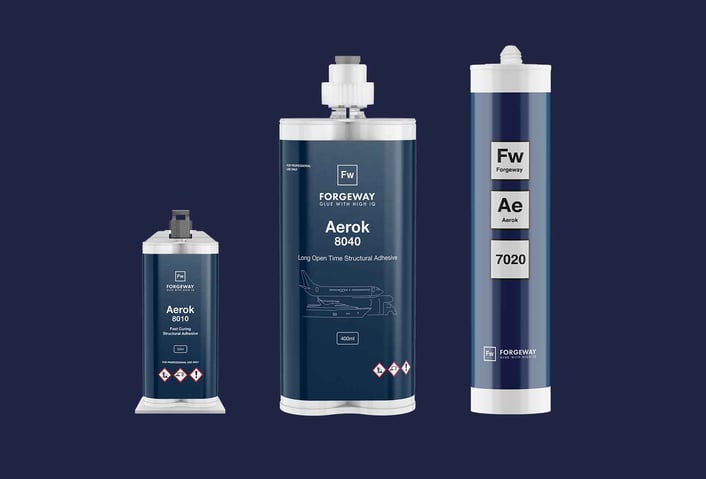
In order of strongest to least strong, the strength rating of each adhesive is as follows:
- Epoxies: Which can bond aluminium with a strength of up to 30 MPa*
- Methyl Methacrylate adhesives: They have a strength of up to 25 MPa when bonding aluminium
- Polyurethanes: Which can reach strengths of 20 MPa
- MS Polymer adhesives: They have a strength of up to 5 MPa
*MPa is the rating that assesses an adhesive’s strength. One megapascal is the equivalent of one newton per square millimetre (N/mm²). So 25 MPa equals 25 N/mm². Values given are obtained from over lap shear testing.
Although to ensure you reach the maximum bond strength for epoxies and polyurethanes, you will need to fully prepare the surface.
Which glue requires the least amount of surface preparation?
Surface preparation is often a difficult and laborious task. So you may be wanting a glue that requires as little surface preparation as possible. MMA’s will require the least amount of surface preparation out of the four structural adhesives. MS polymer adhesives are also fully primerless but can require an activator to achieve a full-strength bond.
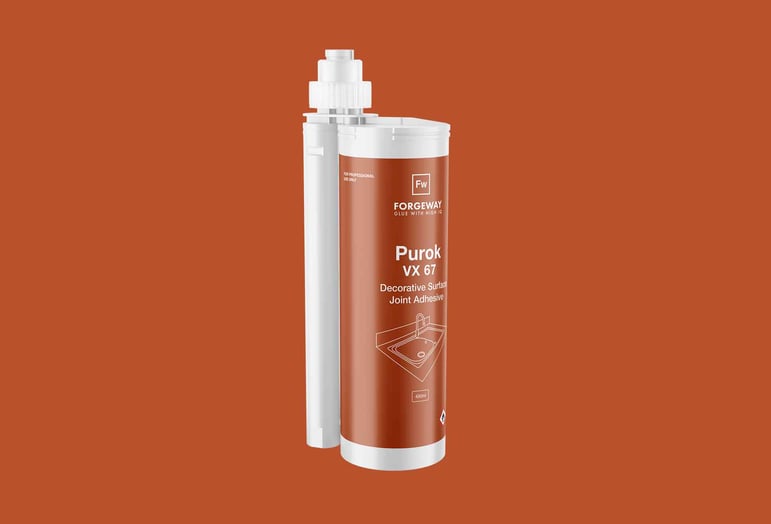
This means that you don’t need to abrade the surface before bonding. You can still achieve a strong bond without this type of surface preparation. But we would still recommend it though.
Before applying any adhesive, you must clean the surface. This typically involves wiping the surface with a solvent-based wipe which clears any contaminants and will ensure you achieve a strong bond.
If you can use a surface activator, an MS polymer adhesive will provide a strong bond without the need to abrade the surface.
Which glue has the fastest cure speed?
Multiple factors can affect cure time. However, some adhesives will always cure faster than others.
Methyl Methacrylates have the fastest cure time. They are also the least susceptible to temperature change which means their cure time will be consistent. MMA’s have a ‘snap cure‘ which means they will suddenly reach a fully cured state.
Epoxies and Polyurethanes have a slower cure time that is much more gradual. This is known as a ‘linear cure’ because it will gradually reach a fully cured state over a sustained period (usually a week). Both epoxies and polyurethanes can reach handling strength within a few hours. Stronger epoxies will need a lot more time to cure.
You can speed up the cure time for epoxies and polyurethanes by heating the environment or the aluminium (preferably both). The correct way to speed the cure will be available in the technical data sheet from the adhesive supplier.

MS Polymers cure differently again. Since they use moisture from the air, they cure from the outside in. They roughly cure at a rate of 3mm per 24 hours and are very susceptible to environmental changes. Moisture levels, in particular, will affect MS polymer’s cure time. They will not cure if there isn’t enough moisture in the environment.
Which glue is the most flexible?
Flexibility can be a deal-breaker for some. Particularly if you are bonding the aluminium to a structure that is going to experience movement (such as some parts on a vehicle).
MS polymers are the most flexible structural adhesive you can use.
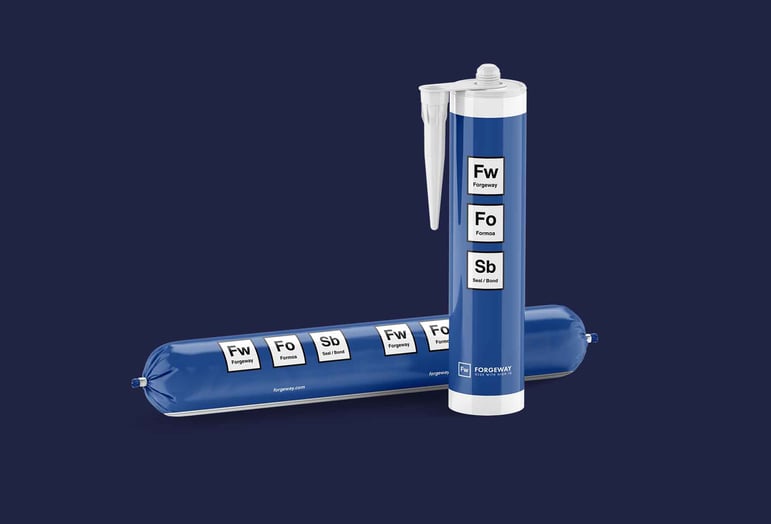
Polyurethanes are also highly flexible. Both of these options will be able to withstand rigorous movements.
Generally, epoxies and MMA’s are more brittle and can be susceptible to shattering with rigorous movement. However, you can impact-modify these systems. There are bespoke MMAs and epoxies that have very high strengths but with some movement accommodation.
Which adhesive poses the greatest health and safety risk?
Depending on your application, the health hazards associated with an adhesive may play an important part in your decision-making.
You will want to consider several factors:
- The volume of adhesive you will use
- The method of application (by hand or by machine)
- The ventilation available in the working area
- The skill of the operative using the adhesive
- The availability and cost of PPE
The information regarding the health hazards associated with an adhesive is readily available on the Safety Data Sheet (SDS). The SDS will also provide guidelines for the correct use, storage and disposal of the product.

But, you may be wondering, “what are these risks and which glues present more risks than others?”
Let’s start with the higher-risk glues. When bonding aluminium, epoxies and polyurethane-based adhesives generally have the most severe health hazards associated with them
Epoxy resin is a skin sensitiser which means repeated exposure can result in contact dermatitis which can be very uncomfortable. On top of this, the amine hardener used to cure epoxy adhesives can cause skin and eye irritation.
Polyurethanes contain isocyanates which can cause skin, eye and respiratory irritation and can even be harmful.
Epoxy resin and polyurethane-based adhesives are safe to use. You can mitigate any potential risks through the correct control measures. Wearing correct PPE, providing adequate ventilation, and health monitoring are all examples of adequate control methods.
Control methods will vary from adhesive to adhesive as not all polyurethanes and epoxies carry the same health hazards.
Methyl methacrylates based adhesives typically aren’t so hazardous to health. With that being said, breathing in methyl methacrylate vapour can cause lung irritation, coughing and shortness of breath. Long term exposure can even cause a build-up of fluid in the lungs.
Good ventilation is a must-have when using these higher-risk adhesives.

In addition, MMA based adhesives can be very flammable and have a distinct odour. The odour is not toxic, although it can be quite an unpleasant experience.
MS polymers are by far the least hazardous. They have no health risks of which you should be aware (unless you ingest them, but we would assume that isn’t going to happen).
What other factors should you consider when bonding aluminium?
There are a few other factors that you should consider before choosing which glue is the best option for bonding aluminium.
To begin with, some of the glues have a very high exotherm. Whilst you may think it is a health risk, it is more than that. It can be a very significant factor. For example, you should not use MMA’s in large volumes.
When MMA based-adhesives are used in large volumes, the exothermic reaction can be so substantial that the heat produced can cause significant damage. Furthermore, the adhesive will be chemically changed and may not perform as expected. No one wants that, so our advice would be to use another adhesive when you need to use it in large volumes.
Polyurethane and epoxy-based adhesives will exotherm too, but the reaction is not nearly as severe as the exotherm seen with MMA-based adhesives. Therefore, the exotherm is more something to be aware of rather than something of concern.
The final point to consider is chemical and water resistance. Whilst all the structural adhesives on this list have good chemical and water resistance, epoxies have by far the best resistance.
How to decide which glue will work best for you
It is very difficult for us to say which option is best for you without knowing your particular situation. As adhesive specialists, we tell you what you can do with glue. However, we understand that every situation is very different.
The different factors we have outlined in this article are the most common deal-breakers for manufacturers and construction companies. They are often able to determine what they want (such as the highest strength glue), and they can make their decision based on that.
Therefore, you should be able to determine which option will be best for you based on the factors discussed above. But it’s not always as easy as that. You will need to know how to choose the right adhesive for your application.
If you want the help of an adhesive expert, you can reach out to a member of our team. They will be able to guide you on the best aluminium bonding adhesive for your application. However, you may want to work it out for yourself.
Thomas is the Content Manager here at Forgeway. Thomas' job is to translate the technical jargon from the ivory tower of academia into easy-to-read content that everyone can understand. Forgeway's mission is to answer every question our customers and prospective clients ask, or are apprehensive to ask.





